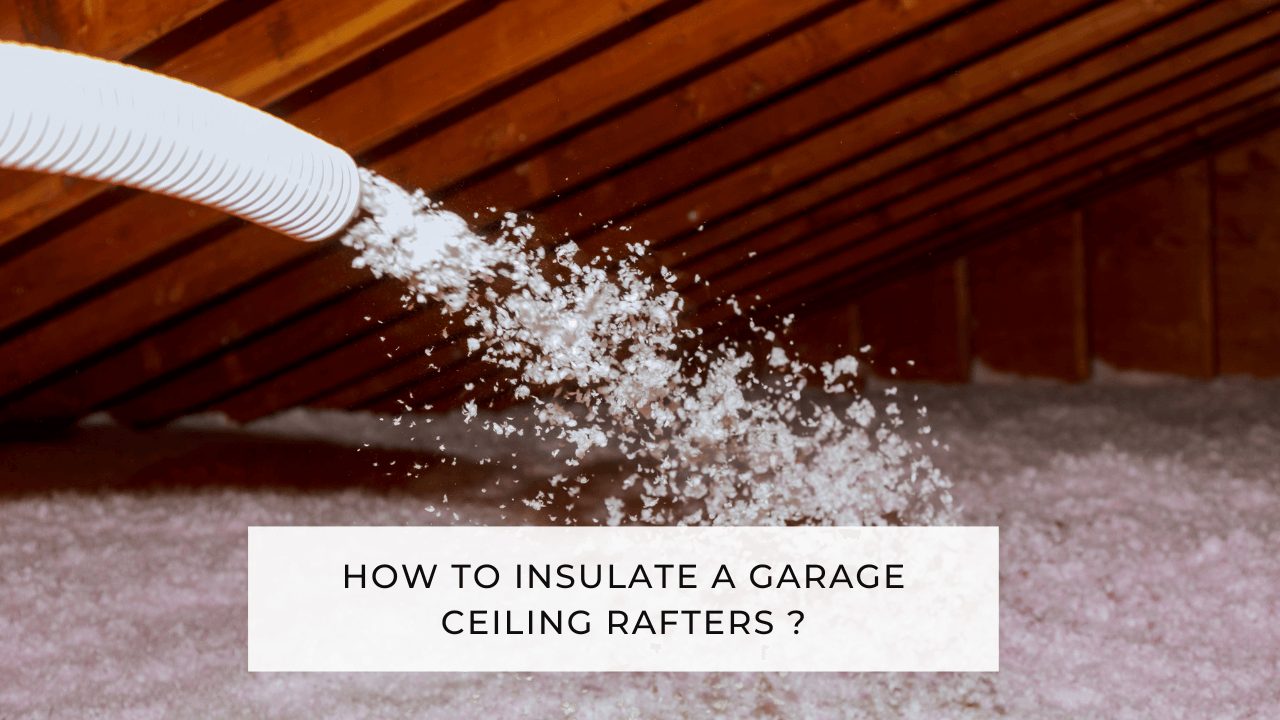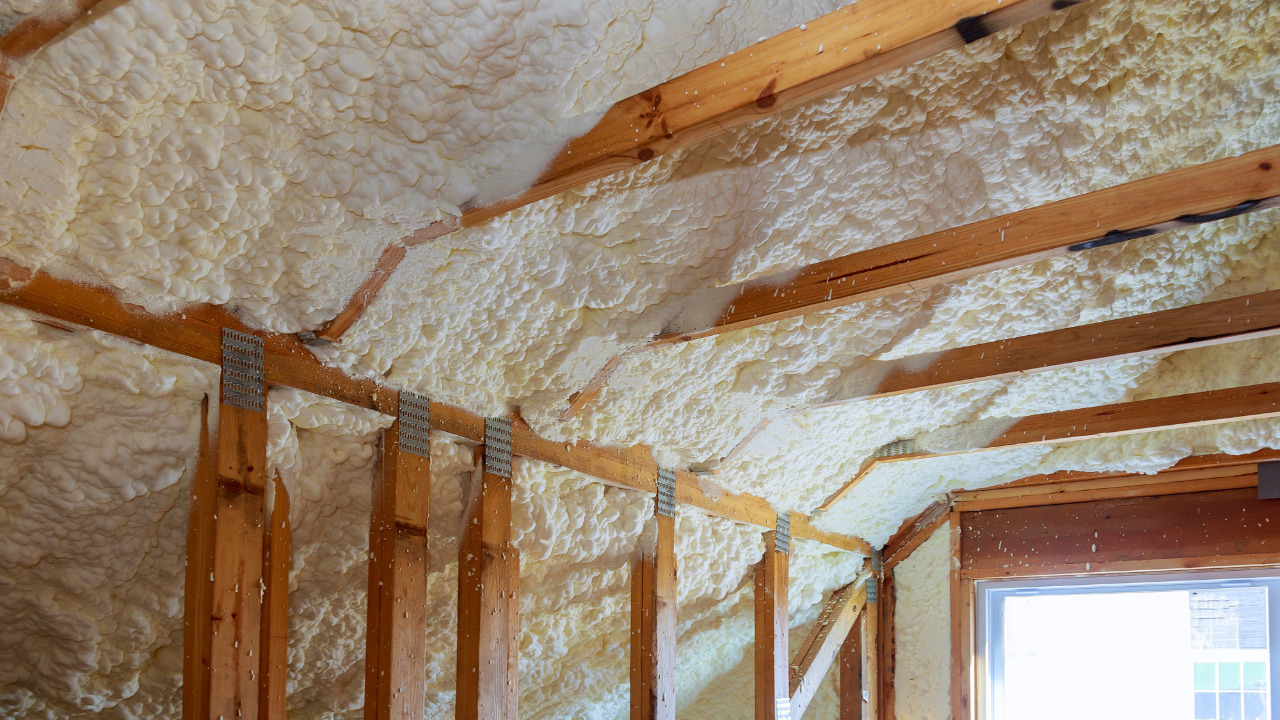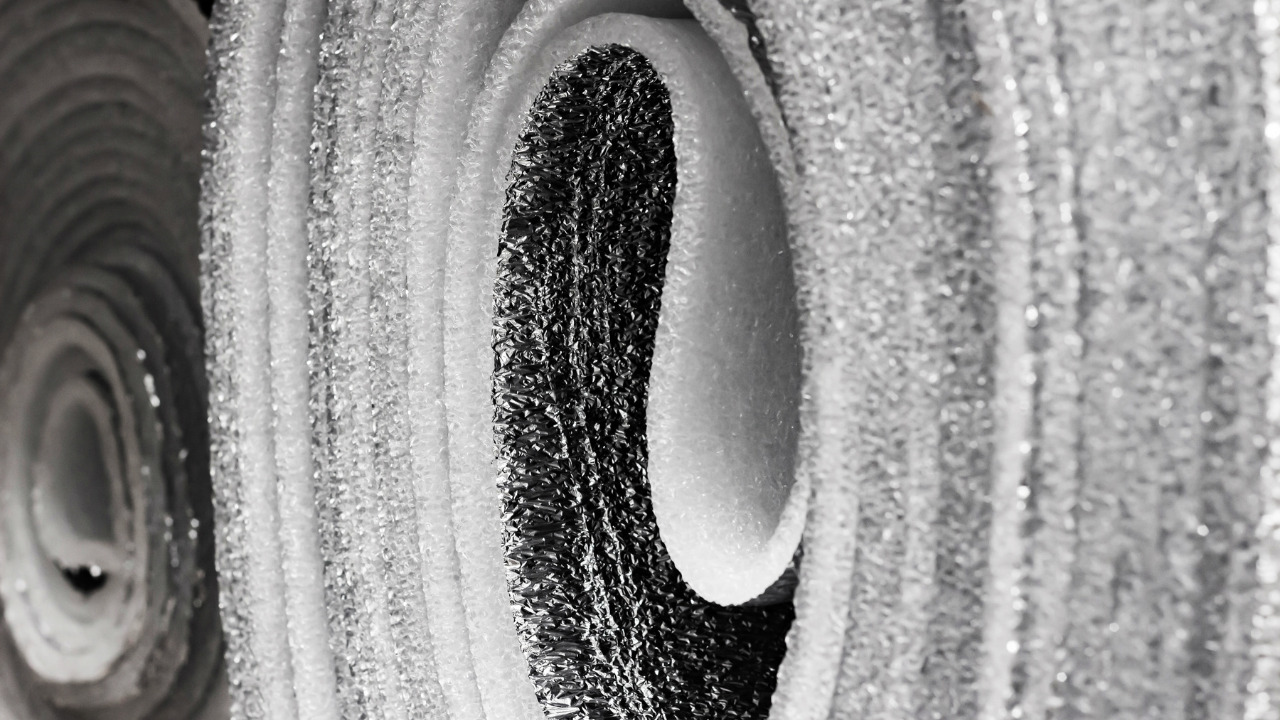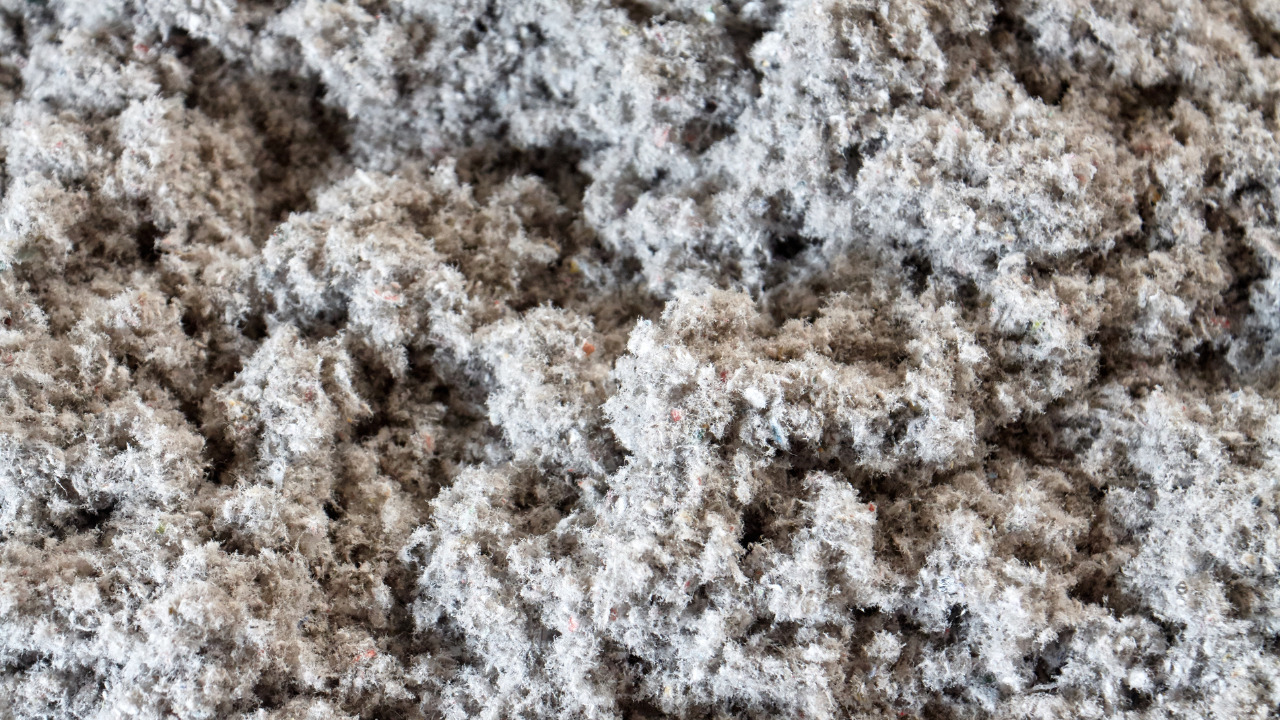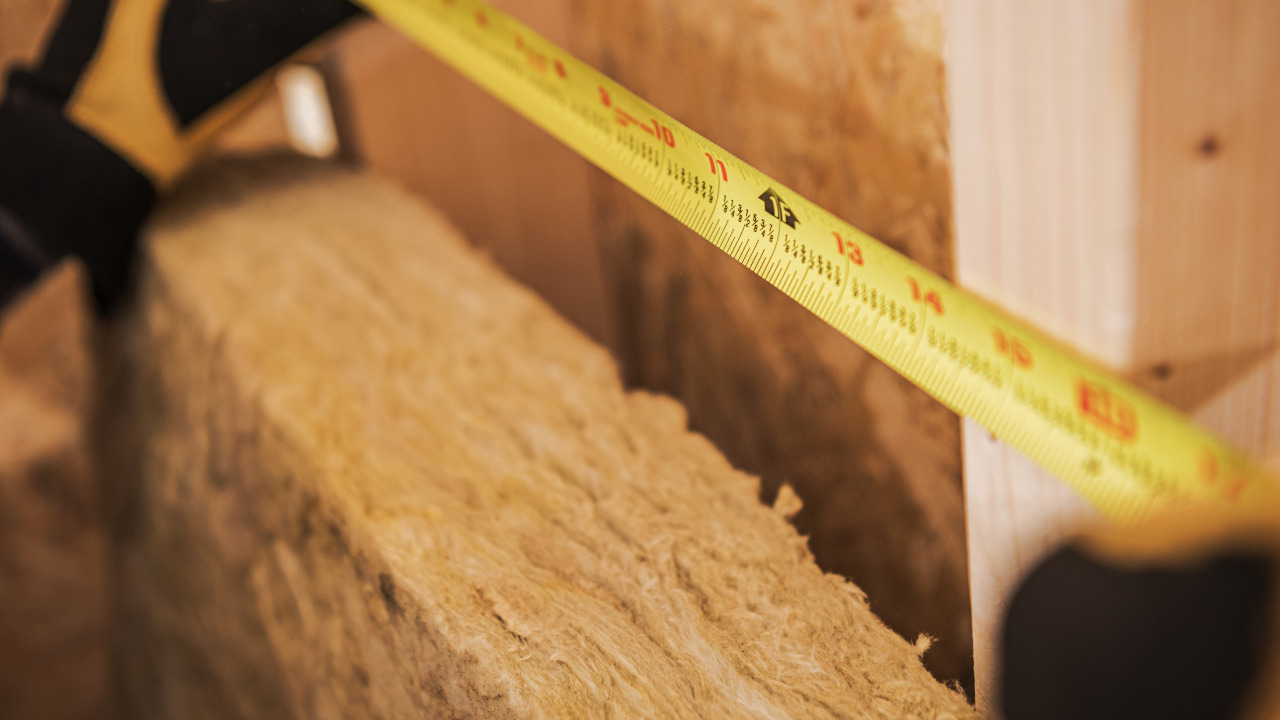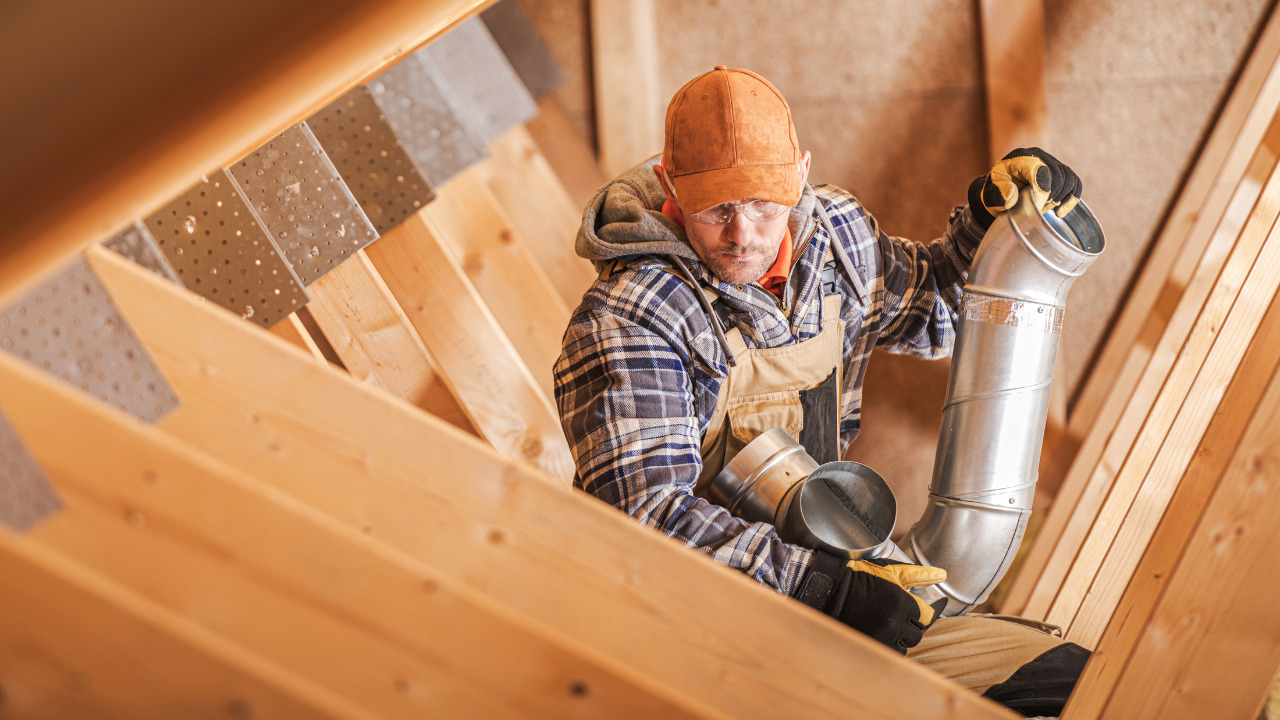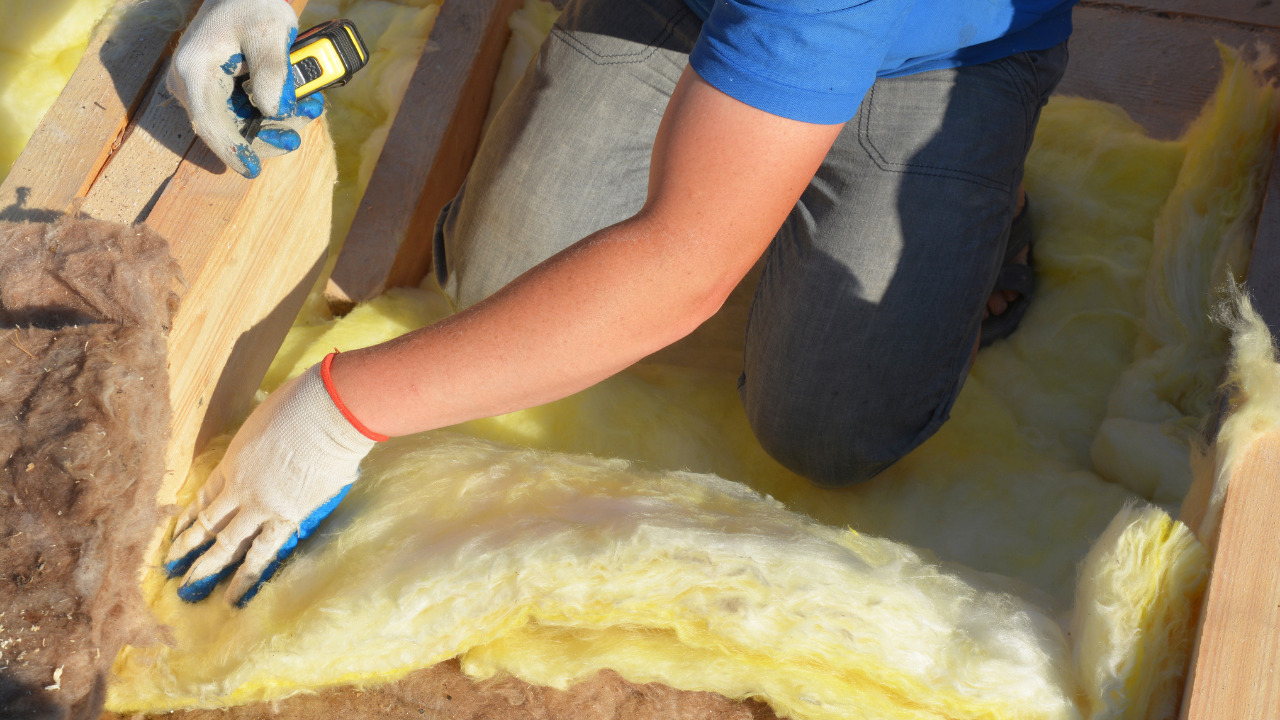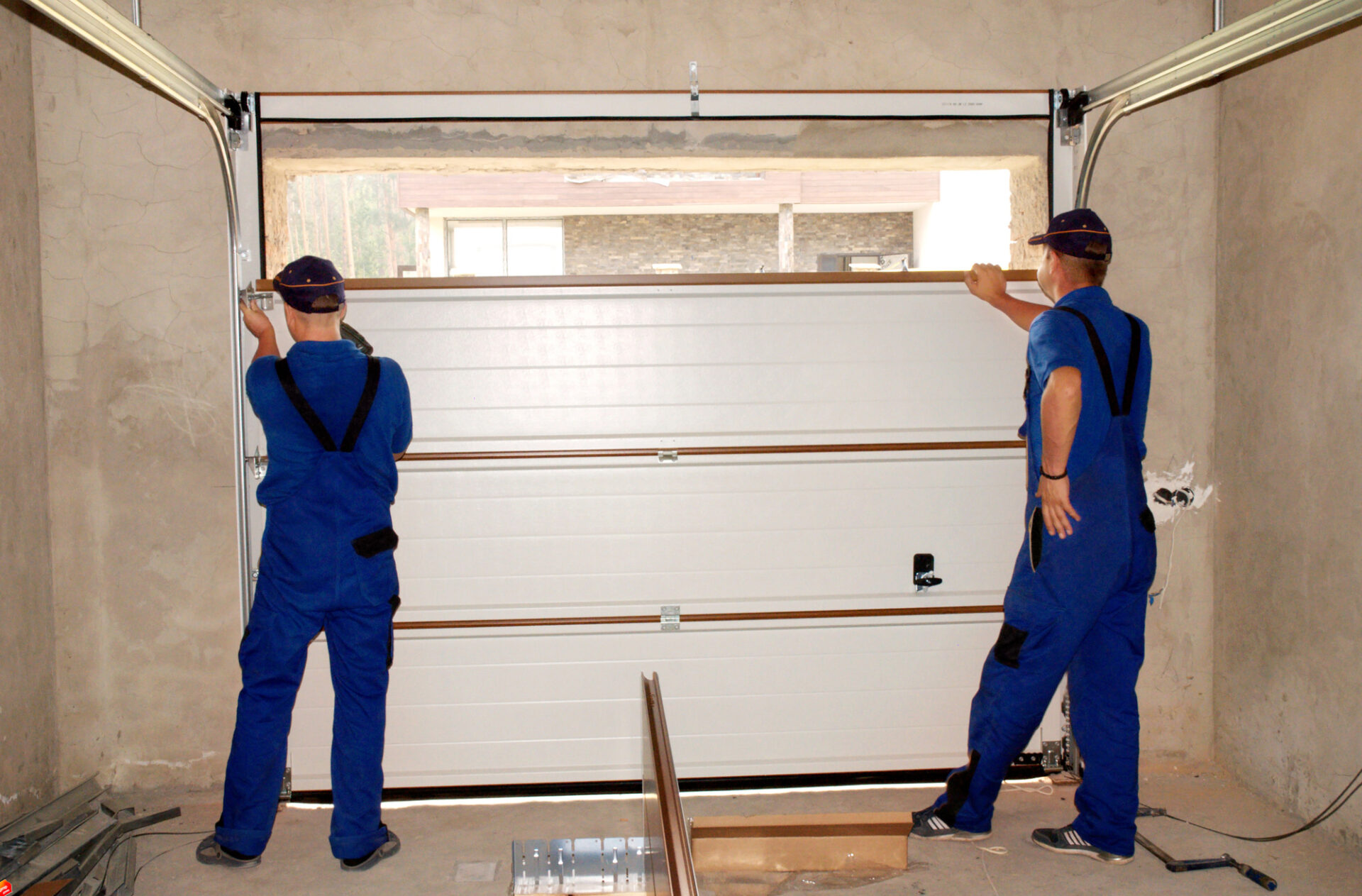You’ve insulated your garage walls, and now you’re debating whether to insulate the ceiling. Do you think it’s worthwhile? What’s more, how are you going to go about doing it? This post will show you how to finish the insulation job in the garage, whether you want to make it more pleasant.
We looked at the most effective ways to insulate the rafters in your garage ceiling. To learn more, keep reading. No doubt, you need first consider insulation if you want to heat or cool your garage. A fully uninsulated garage will be inefficient in terms of heating and cooling.
Insulating the garage walls and door is insufficient. The garage ceiling must also be insulated. Because heat rises, much of it escapes through the ceiling and roof. We will discuss why you should insulate your garage ceiling and how to do it. So, let’s dive deep into further details for better consideration.
Of course, many homeowners are reluctant to insulate the ceilings of their garages. Insulating garage walls is frequently adequate to increase a home’s energy efficiency in many temperate climates. As a result, many people choose to leave the rafters in their ceilings uninsulated. Naturally, the accompanying costs play a role in this justification.
There are numerous costs to consider while insulating the garage ceiling rafters. The first is the cost of the materials. Ultimately, this is determined by the type of insulation you select. Fiberglass is one of the cheaper options. However, the cost of other insulation materials will be higher.
Some forms, such as insulation made of spray foam, demand expert installation. This leads us to the second cost to consider, which includes labor costs. Naturally, you can hire experts to insulate the rafters in your garage ceiling. Material is the most popular insulation material used for garage ceiling rafters.
Table of Contents
Why Do You Insulate Garage Ceiling Rafters?
Open rafter garages are popular because they are inexpensive, and the resulting roofs are also remarkably durable and resilient. This is also ideal for individuals who wish to make the most of their garage space and make it as friendly and efficient as possible.
A straightforward method to achieve this is to insulate the exposed rafters of your garage to prevent inefficiencies caused by attic heat loss.
Adding rafters is a simple roof insulation project that can readily modify to fit any condition. However, you must find out what garage ceiling insulation is best for your garage.
Know About The Type Of Garage Before the Insulation
The first step for anyone embarking on a garage insulation job is determining their garage type. This is significant because the type of construction you have will significantly impact how much weight your garage’s roof can sustain and, as a result, what type of insulation you should employ.
The last type is the open-ceiling trusses and rafters’ style, which will center this guide. So, you must detect the primary garage type before considering any insulation method or material for desired results.
Basic Insulation Types For Garage Ceiling
The basic insulation materials for the garage ceiling are the following:
1) Roll Insulation
Roll insulation is the most prevalent type of insulation. Fibreglass fibers are rolled or batted into large fluffy rolls or batts. Rolls are just what you’d expect them to be. The R number indicates how well the material insulates. Batts are pre-cut sheets.
If you want thick insulation, the R-value will be significant. Make sure to choose the insulation thickness according to the ceiling joists.
2) Rigid Foam or Aluminium Layer
If you reside in a region where the climate necessitates minimum insulation, stiff foam or a thin sheet of aluminium may be more than adequate. However, it places between a ceiling and sheathing; this solution may not suit all situations.
3) Cellulose Insulation
This insulation consists of loose fibers or material blown into place using a blower. Above the drywall or ceiling finish, it adds to the joist cavities of your ceilings. It may be easier to install in already finished ceilings with limited space.
Batts might be difficult to install in tight spaces in the ceiling. It can’t be used on an unfinished ceiling. A flat surface is required for the insulation to rest on. Fiberglass or cellulose are the most popular materials used in loose-fill insulation.
The fibers used to manufacture batt or roll insulation are comparable to those used in fiberglass loose fill. The majority of cellulose insulation is derived from recycled paper.
Steps To Insulate Garage Ceiling Rafters
Once you have known about the type of ceiling and collected all the required tools for installation, nothing can stop you from insulating your garage ceiling. Let’s start insulating the garage ceiling step-by-step:
Collect Needed Tools And Materials
- Gloves
- Ladder
- Dust Mask
- A sharp cutter
- Staple gun
- Insulation material
- A utility knife
Measure The Area
It’s generally a good idea to check for broken or loose rafters or fasteners before installing the insulation. To start the process, climb the ladder and begin on the far-left side of the garage, closest to the door. Examine all of the rafters to check that they are fastened.
Moreover, check that the rafters are clear of any damage or hollowed areas caused by termites, water damage, or other difficulties. Make sure to tighten all the loose screws before insulation, and repair the broken rafters immediately.
Clear The Garage
Move any object or vehicle from your garage before considering the insulating process. This way, it would be easy for you to complete the task without any hurdles or hassle. Make sure to check all the shelves even before painting the ceiling areas. So, you can save your items or collection from all types of damages.
Install Rafter Vents
While installing the vents to the rafters, cut the holes accordingly. You can use a sharp knife or any specific cutting tool. Additionally, use the staple gun with staples to add the vents on the top of the rafters.
Install The Insulation Beneath The Rafters
Install the insulation you put in the rafters beneath the rafter vents. You are starting with the insulation you put on the left side of the garage. If you’re using batt insulation, you should be able to press it into place. Align the front of the piece with the front of the rafter.
So, the paper-covered back section of the insulation faces down. If you have rigid foam, you can use it in either direction.
Once you have installed the insulation material, cut the excess material using a sharp knife. However, it’s okay to fix the extra material beneath the rafters. But it’s better to cut off the extra insulation for smooth finishing.
Frequently Asked Questions
What Is The Cost To Insulate Garage Ceiling Rafters?
The price of insulating the ceiling rafters of your garage is an important factor. Due to the associated costs, uninsulated garage ceilings are common among homeowners. The price per square foot of installed insulation will range from $0.50 to $1.85 if you utilize fiberglass batts to insulate your ceiling rafters. However, the cost of the material and the installation of cellulose material will be higher.
Which Is The Best Material To Consider For Insulating Garage Ceiling Rafters?
Fiberglass batt or stiff foam is frequently the finest option for insulating the garage ceiling. You can also use cellulose or foam insulation on the ceiling, but for most homeowners, installing foam boards or rolls is considerably simpler. You don’t need to acquire equipment or employ a contractor to install it; you can also complete it yourself.
Is There Any Difference Between Trusses And Rafters?
In modern homes, rafters are more prevalent and a better option for insulation. Insulation can still be installed if your ceiling is made of trusses. Due to the lack of actual insulation space between the trusses, it is a little more challenging.
The trusses must first be drilled with holes, and then they must be blown into the holes. Rigid foam is another choice to take into consideration for truss ceilings.
Final Verdict
Hopefully, this post will help to add insulation to the garage ceiling like a pro. If you are still looking for more details and assistance, get help from professional installers to ease work.

